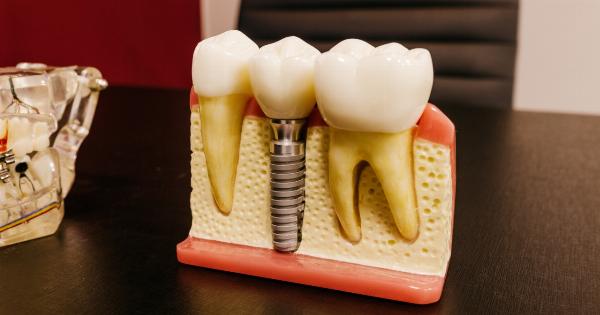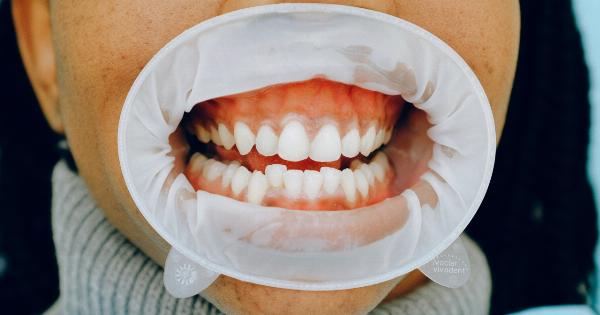White spots on the lips can be quite alarming, especially when you notice them for the first time. Although most of these spots are harmless and don’t require treatment, some may indicate a serious underlying medical condition.
In this article, we’ll cover all the essential information that you need to know about white spots on lips, such as what they are, what causes them, and how to identify them with images.
What are White Spots on Lips?
White spots on lips are tiny, raised bumps or patches that appear on the lips’ surface. They can be either painful or painless, and they may occur on the upper lip, lower lip, or both.
Depending on the cause, white spots on lips can have different appearances. Some may be small, round, and white or yellowish in color, while others may be larger and clustered together.
What Causes White Spots on Lips?
There are many different causes of white spots on the lips, ranging from minor issues to serious medical conditions. Some of the most common causes include:.
1. Fordyce Spots
Fordyce spots are small, raised, yellowish-white or flesh-colored bumps that appear on the lips, gums, and other parts of the body. They are caused by overactive sebaceous glands, which produce sebum, a natural oil that moisturizes the skin.
Fordyce spots are harmless and don’t require treatment, but if they are painful or cosmetically unappealing, a dermatologist can help remove them.
2. Cold Sores
Cold sores, also known as fever blisters, are painful, fluid-filled blisters that form on or around the lips. They are caused by the herpes simplex virus (HSV), which spreads through close contact with an infected person.
Cold sores usually go away on their own within 7-10 days, but antiviral medications can help speed up the healing process.
3. Canker Sores
Canker sores, also known as aphthous ulcers, are painful, white or yellowish sores that appear on the inside of the mouth, including the lips.
They are not contagious and are caused by a variety of factors, such as stress, injury, or a weak immune system. Canker sores usually heal on their own within 1-2 weeks, but topical or oral medications can help relieve the pain.
4. Oral Thrush
Oral thrush is a fungal infection that affects the mouth and throat. It is caused by an overgrowth of Candida albicans, a type of yeast that normally lives in the mouth.
Oral thrush can cause white, creamy patches on the lips, tongue, gums, and other parts of the mouth, along with a burning or itching sensation. Antifungal medications are usually prescribed to treat oral thrush.
5. Leukoplakia
Leukoplakia is a condition that causes white or grayish patches to form on the lips, tongue, gums, and other parts of the mouth.
It is often associated with tobacco use, but it can also be caused by other factors, such as alcohol use, chronic irritation, or a weak immune system. Leukoplakia can be a precancerous condition and requires medical attention.
How to Identify White Spots on Lips with Images?
The appearance of white spots on lips can vary depending on the cause. Use the following images to help you identify the type of white spots on your lips:.
Fordyce Spots
 .
.
Fordyce spots are small, raised, yellowish-white or flesh-colored bumps that appear on the lips. They are harmless and don’t require treatment, but they can be removed for cosmetic reasons.
Cold Sores
 .
.
Cold sores are painful, fluid-filled blisters that form on or around the lips. They are caused by the herpes simplex virus and can be treated with antiviral medications.
Canker Sores
 .
.
Canker sores are painful, white or yellowish sores that appear on the inside of the mouth, including the lips. They are not contagious and can be treated with topical or oral medications.
Oral Thrush
 .
.
Oral thrush is a fungal infection that causes white, creamy patches on the lips, tongue, gums, and other parts of the mouth. It can be treated with antifungal medications.
Leukoplakia
 .
.
Leukoplakia causes white or grayish patches to form on the lips, tongue, gums, and other parts of the mouth. It can be a precancerous condition and requires medical attention.
When to See a Doctor?
If you notice any white spots on your lips that are painful, growing, or bleeding, it’s important to see a doctor. You should also seek medical attention if you have other symptoms, such as fever, chills, or difficulty swallowing.
Your doctor can diagnose the underlying cause of the white spots and recommend appropriate treatment.
Conclusion
White spots on lips can be caused by a variety of factors and can vary in appearance, depending on their underlying cause. Most white spots on lips are harmless and don’t require treatment, but some may indicate a serious medical condition.
Use the images in this article to help you identify the type of white spots on your lips, and see a doctor if you have any concerns.






























